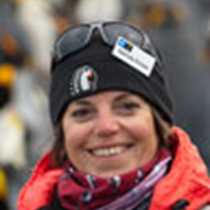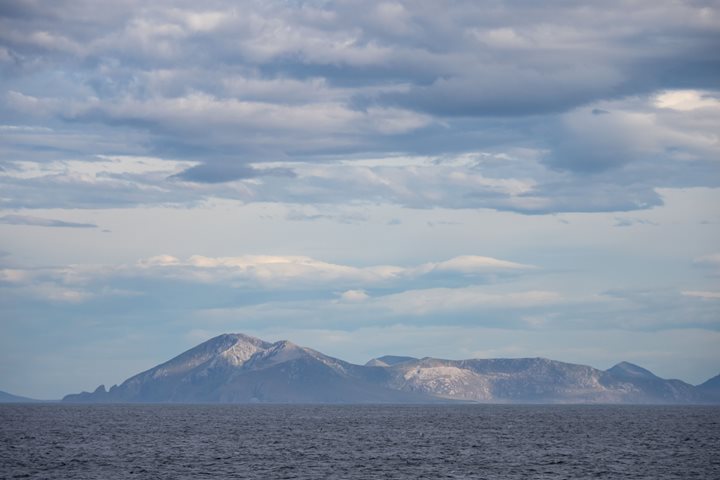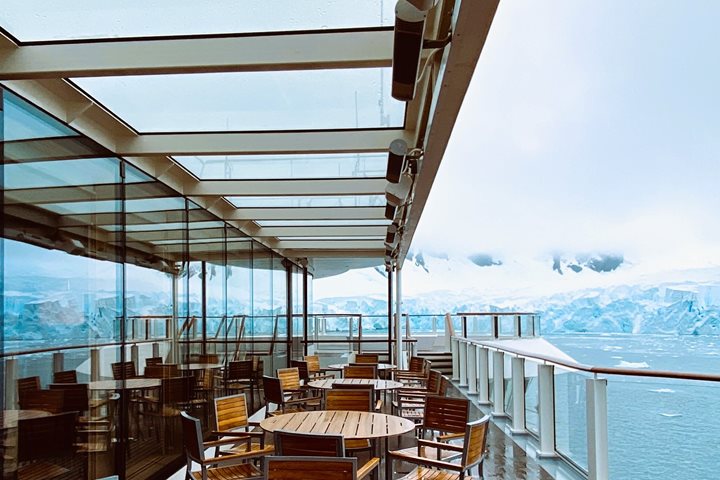Today’s destination is King George Island, the largest island in the South Shetland Islands. Despite its northerly position, this island is heavily glaciated. Due to its proximity to southern South America, King George Island is the most ‘cosmopolitan’ place in Antarctica. Its large bays are dotted with summer field camps and permanent research stations from multiple nations.
Fresh snow covered the ground of Potter Cove, our morning landing site. The orange buildings of Carlini Station, a research facility from Argentina, stood out below the prominent volcanic peaks of Three Brothers Hill. To the west, a soft sand beach welcomed us as we split into groups of long hikers and beach walkers. Southern elephant seal pups, or weaners, slept as we walked by, disturbed only by their own playful games of biting each other. Gentoo penguins swam to shore as a welcome party, but they were uninterested in our presence and our cameras.
King George Island is known for high biodiversity with its concentration of Antarctic species in one hotspot. In the afternoon, we sailed into Maxwell Bay and observed Ardley Island, a safe haven for breeding seabirds and seals. From the Zodiacs, we spotted brown skuas and nesting southern giant petrels, including the striking white morphs. Chinstrap penguins defied the tides on a low spit of sand while our eyes were drawn to the colorful lichens and mosses on the slopes. How can life thrive in these frozen environments? Our sense of curiosity and wonder is what drives us to visit Antarctica, and she gives back in droves.









